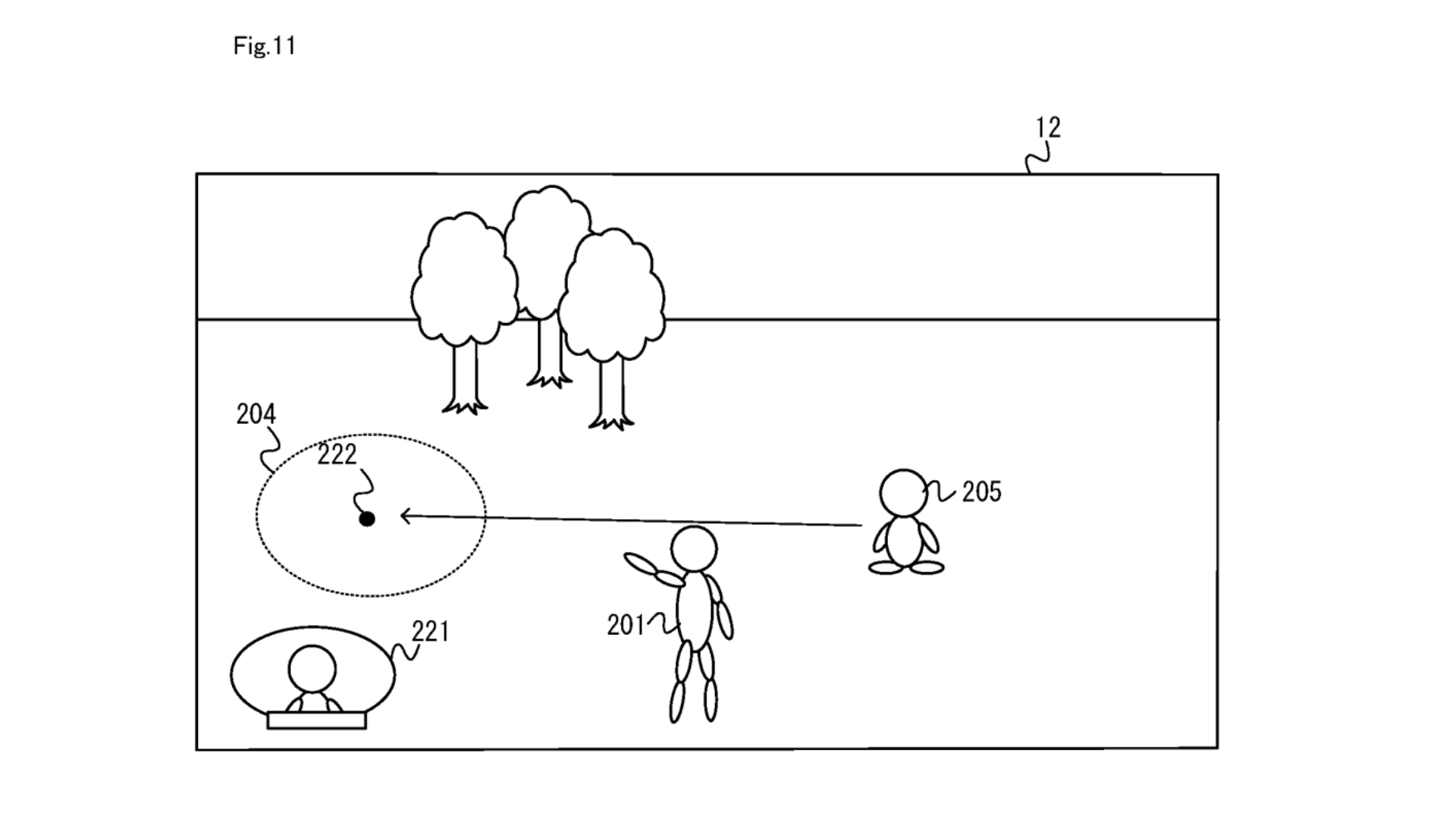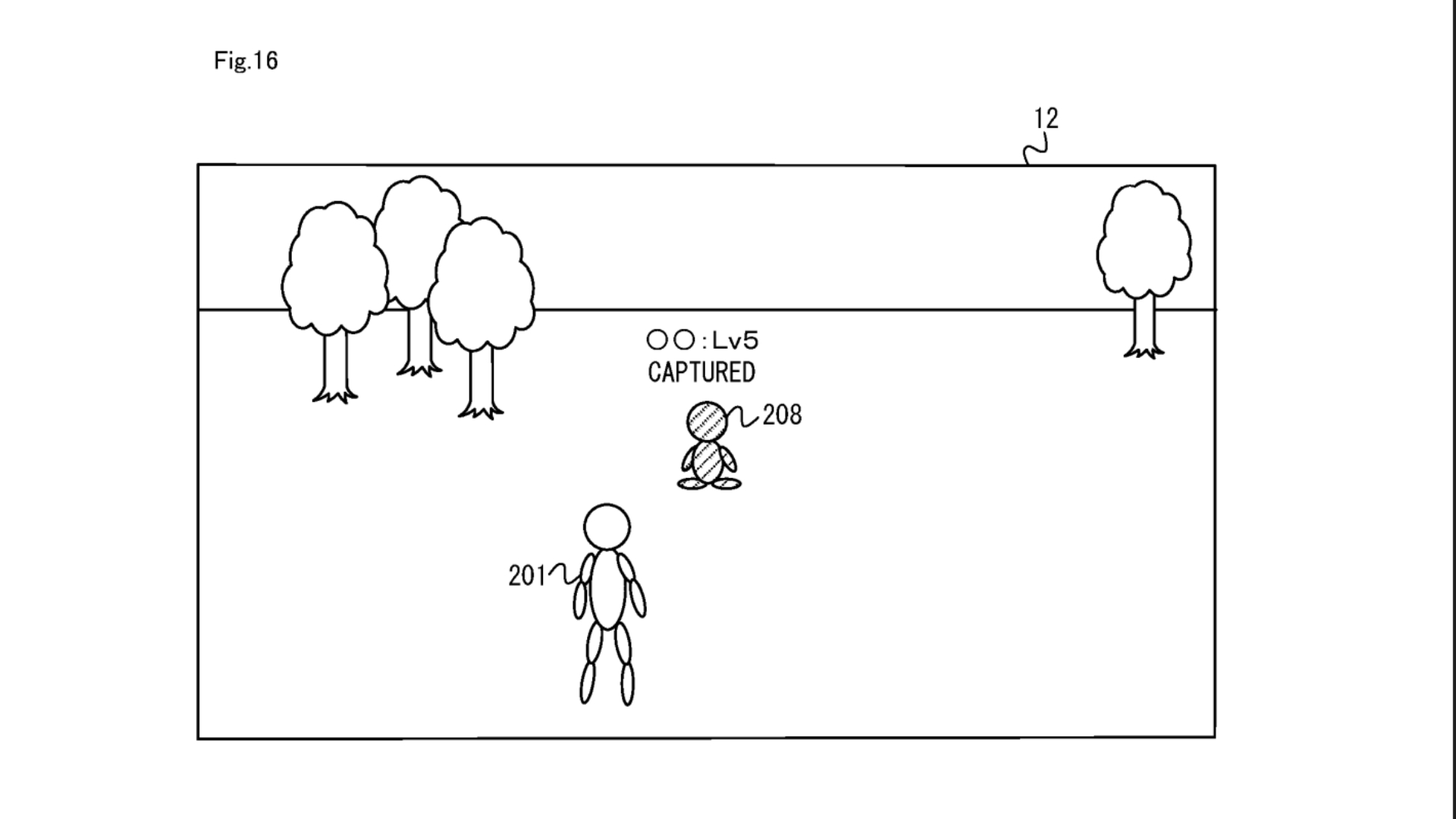The final 10 days have introduced a string of patent wins for Nintendo. Yesterday, the corporate was granted US patent 12,409,387, a patent protecting driving and flying programs just like these Nintendo has been criticized for claiming in its Palworld lawsuit (by way of Gamesfray). Final week, nonetheless, Nintendo obtained a extra troubling weapon in its authorized arsenal: US patent 12,403,397, a patent on summoning and battling characters that the US Patent and Trademark Workplace granted with alarmingly little resistance.
In response to videogame patent lawyer Kirk Sigmon, the USPTO granting Nintendo these newest patents is not only a second of questionable authorized concept. It is an indictment of American patent regulation.
“Broadly, I do not disagree with the various on-line complaints about these Nintendo patents,” mentioned Sigmon, whose opinions don’t symbolize these of his agency and shoppers. “They’ve been an embarrassing failure of the US patent system.”
Sigmon, who we spoke with final yr in regards to the claims and potential penalties of Nintendo’s Palworld lawsuit, mentioned each this week’s ‘387 patent and final week’s ‘397 symbolize procedural irregularities within the decisionmaking of US patent officers. And due to these irregularities, Nintendo has but extra instruments to bully its opponents.
Associated articles
The ‘387 patent granted this week, Sigmon instructed PC Gamer, “bought a little bit of push-back, however barely.” After its preliminary utility was deemed invalid attributable to similarities to current Tencent and Xbox-related patents, Nintendo amended its claims primarily based on interviews with the USPTO, which then decided that the claims had been allowable “for considerably the identical causes as father or mother utility(s).”
“That father or mother case,” Sigmon mentioned, “had an excellent weirder and far much less helpful prosecution historical past.”

Many of the claims made within the ‘387 patent’s single father or mother case, US Pat. No. 12,246,255, had been instantly allowed by the USPTO, which Sigmon mentioned is “a really uncommon consequence: most claims are rejected at the very least as soon as.” When the claims had been finally allowed, the one reasoning the USPTO provided was a block quote of textual content from the claims themselves.
“This looks like a scenario the place the USPTO primarily gave up and simply allowed the case, assuming that the claims had been slender or particular sufficient to be new with out evaluating them too intently,” Sigmon mentioned. “I strongly disagree with this consequence: In my opinion, these claims had been on no account allowable.”
To Sigmon, an IP lawyer with in depth expertise in prosecuting and instructing patent regulation, the ‘387 patent and its father or mother case depend on ideas and selections that may have been apparent to a “Particular person of Extraordinary Talent within the Artwork”—a authorized assemble that holds if a patent’s claims would moderately happen to a practitioner within the related area primarily based on prior artwork, these claims aren’t patentable.

The ‘397 patent granted final week is much more placing. It is a patent on summoning and battling with “sub-characters,” utilizing particular language suggesting it is primarily based on the Let’s Go! mechanics within the Pokémon Scarlet and Violet video games. Regardless of its relevance to a conceit in numerous video games—calling characters to battle enemies for you—it was allowed with none pushback in any respect from the USPTO, which Sigmon mentioned is basically unparalleled.
“Just like the above case, the explanations for allowance do not give us even a touch of why it was allowed: the Examiner simply paraphrases the claims (after block quoting them) with out explaining why the claims are allowed over the prior artwork,” Sigmon mentioned. “That is extraordinarily uncommon and raises a lot of pink flags.”
In response to Sigmon, USPTO information present that the allowance of the ‘397 patent was primarily based on a evaluation of a comparatively miniscule variety of paperwork: 16 US patents, seven Japanese patents, and—apparently—one article from Pokemon.com.

“I’ve no earthly concept how the Examiner may, in good religion, permit this utility so shortly,” Sigmon mentioned.
Admittedly, the ‘397 case was initially filed as a Japanese patent utility, which might permit the Examiner to make use of the present progress within the Japanese case as a place to begin for his or her evaluation. However, Sigmon mentioned, “even that does not excuse this fast allowance.”
“This allowance shouldn’t have occurred, full cease,” he mentioned.
On paper, the patent won’t look like a menace to Nintendo’s opponents: The claims as constructed within the ‘397 define a really particular sequence of occasions and inputs, and patent claims should be met word-for-word to be infringed.
“Pragmatically talking, although, it is not not possible to be sued for patent infringement even when a declare infringement argument is weak, and dangerous patents like this forged an enormous shadow on the trade,” Sigmon mentioned.
For a corporation at Nintendo’s scale, the claims of the ‘397 patent need not make for a powerful argument that may maintain up in court docket. The specter of a lawsuit can stifle competitors effectively sufficient by itself when it could value tens of millions of {dollars} to defend towards.

“For my part, not one of the three patents I’ve mentioned right here ought to have been allowed. It is surprising and offensive that they had been,” Sigmon mentioned. “The USPTO dropped the ball massive time, and it is going to externalize a number of uncertainty (and, doubtlessly, litigation value) onto builders and firms that don’t deserve it.”
Sigmon, who says he is helped inventors shield their innovations from IP theft perpetrated by main firms, insists that the patent system nonetheless has advantage. “That is the type of factor that patents are supposed to do,” he mentioned. “They weren’t made to permit an enormous participant to sport the system, get a very broad patent that they need to have by no means obtained within the first place, after which go round bullying would-be competitors with the specter of a legally questionable lawsuit.”
Sadly, Nintendo has gained these patents at a second when the USPTO has made difficult dangerous patents harder. At present, US patent officers underneath USPTO Appearing Director Coke Morgan Stewart have been refusing to listen to an enormous variety of Inter Partes Evaluation circumstances—particular proceedings wherein events can argue {that a} patent ought to by no means have been granted—for “discretionary” causes.
“Realistically, because of this patent validity points are being relegated to lawsuits: not a superb scenario, as that usually entails tens of millions of {dollars} in prices and a number of threat,” Sigmon mentioned. “In follow, because of this dangerous patents get to fester available on the market for longer and supply an even bigger menace for the trade as a complete.”


